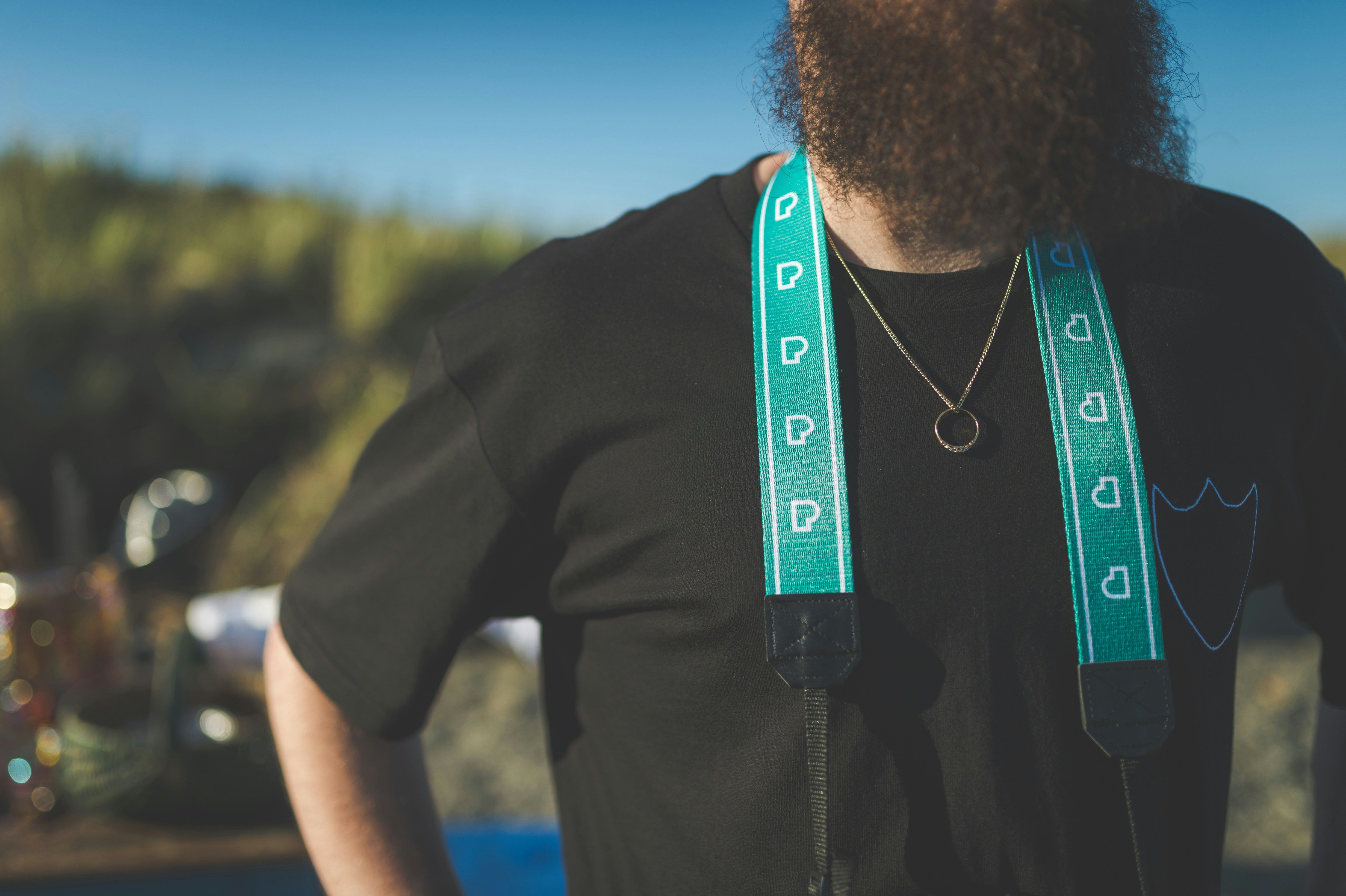Harvard consents to furnish images of black slaves to a museum to resolve a legal dispute.
Article
In a significant turn of events, Harvard University has agreed to transfer a set of controversial daguerreotypes to the International African American Museum in South Carolina. The images, which were captured over 175 years ago, depict Renty, an enslaved man, and his daughter Delia, and were taken by Professor Louis Agassiz with the intent to support a racist theory, polygenism.
The legal battle over the daguerreotypes began in 2019 when Tamara Lanier, who claims to be Renty's great-great-granddaughter, filed a lawsuit against Harvard. The prestigious institution has now agreed to hand over the images, which are believed to be the earliest known photographs of enslaved people.
The daguerreotypes, taken in the winter of 1850 in South Carolina, were part of Agassiz's research to bolster polygenism – a discredited theory that asserted Africans and African Americans were biologically inferior to whites. In the images, Renty was stripped and photographed from various angles, as was Delia, his daughter who was also depicted shirtless.
Tamara Lanier has been campaigning for 15 years to acquire the daguerreotypes and gain possession of these powerful symbols of historical injustice. According to her attorney, Ben Crump, Lanier stated, "Harvard played a role in the darkest chapter of American history. This is a small step in the right direction to fully acknowledge that history and work to rectify it."
Lanier alleged in her lawsuit that Harvard improperly benefited from the images of her ancestors by using them for advertising and commercial purposes. The daguerreotypes remained in Harvard's exclusive possession for years, at the Peabody Museum of Archaeology and Ethnology.
Both parties have reached an undisclosed financial agreement. In a statement, Lanier commented, "Since blacks were brought to this country in chains, our pain and trauma have been exploited for capitalist gain."
While Harvard has not been able to establish a direct genetic link between Lanier and the individuals in the daguerreotypes, the university had aimed to place the images in another museum or public institution to contextualize and increase access to them for all Americans.
Harvard is currently facing legal challenges with the Trump administration for not complying with its ideological directives, including the suppression of policies favoring minorities. In a separate initiative, the university announced the creation of a $100 million fund last year to compensate the descendants of slaves it once owned following an internal review.
The transfer of the daguerreotypes from Harvard to the International African American Museum signifies a significant step towards acknowledging and addressing the historical injustices associated with these images. It sets a precedent for how institutions should handle artifacts tied to racial exploitation, underscoring the need for accountability and reparative justice.
- Tamara Lanier, as Renty's great-great-granddaughter, has advocated for the transfer of the daguerreotypes from Harvard University to the International African American Museum, not just as a symbol of historical injustice, but also as a step towards education-and-self-development for future generations, allowing them to fully understand the darkest chapter of American history.
- With the transfer of the daguerreotypes, Harvard University is making a move towards promoting health, not just in terms of physical well-being, but also mental and emotional wellness, by acknowledging the historical trauma associated with these images and taking steps to rectify the wrongs of the past.





